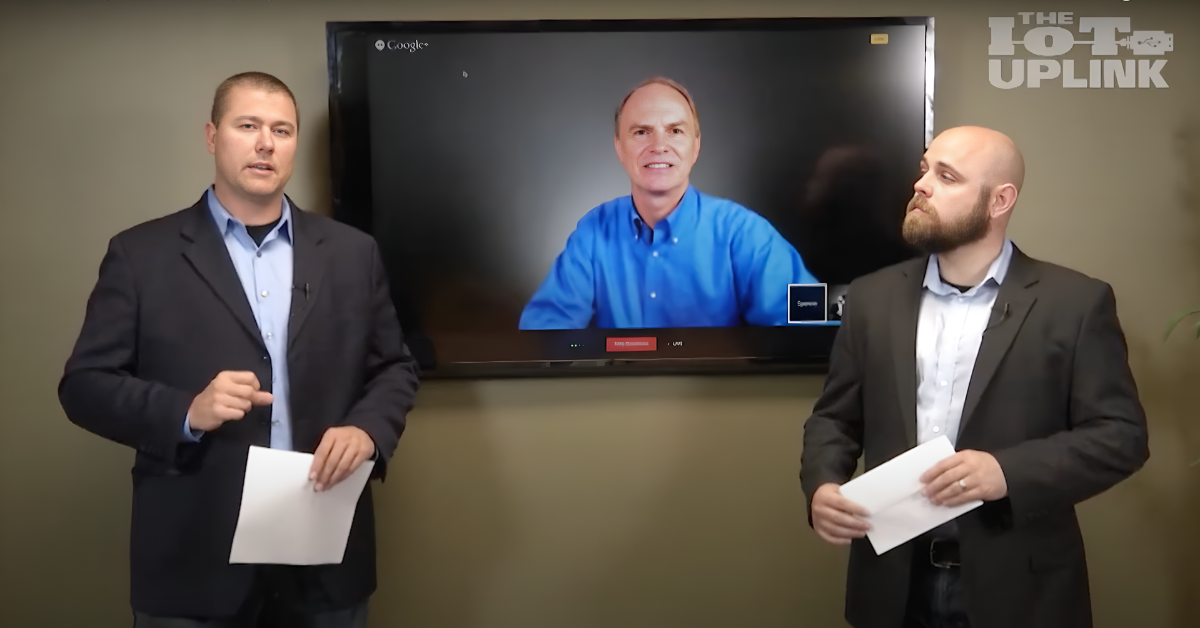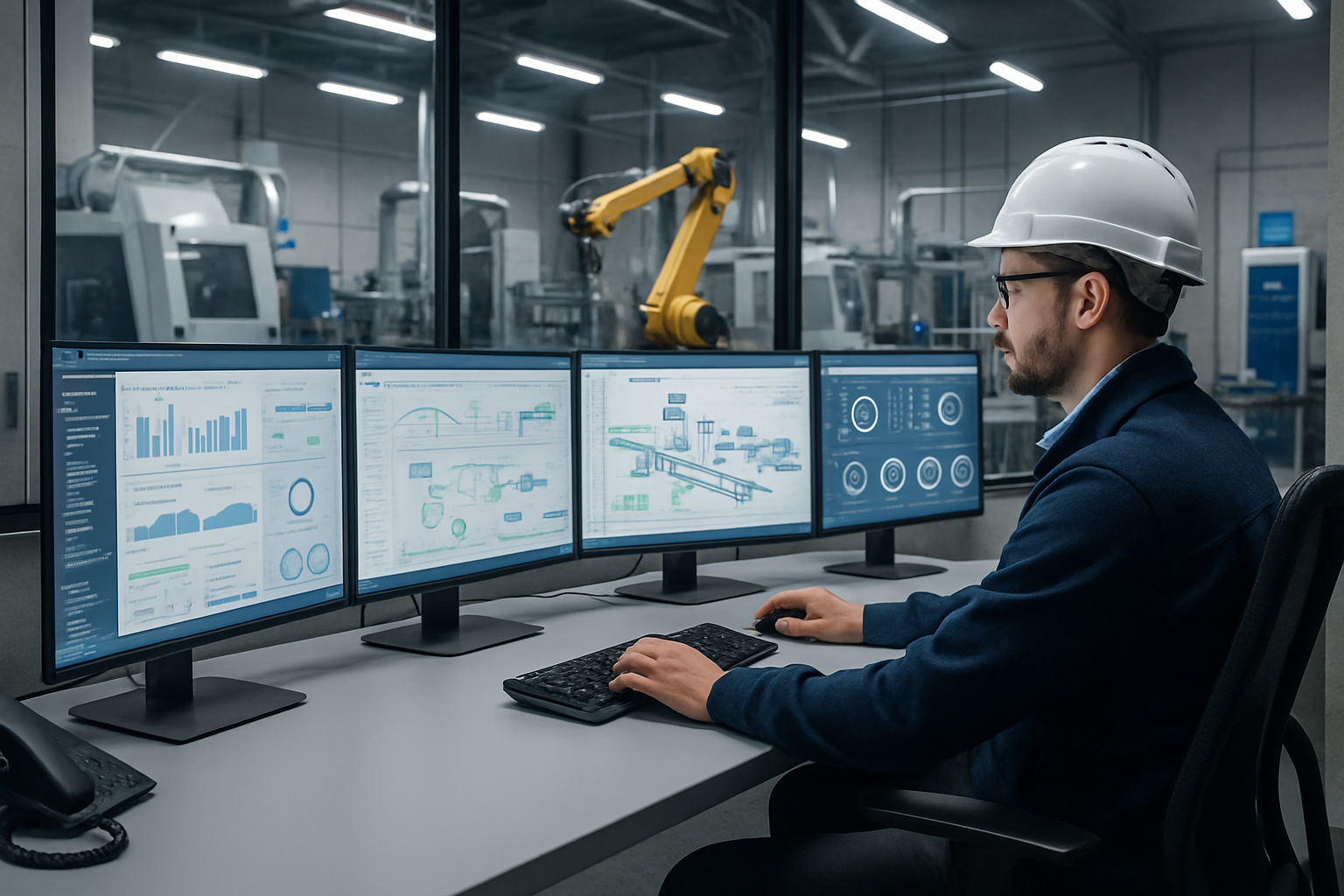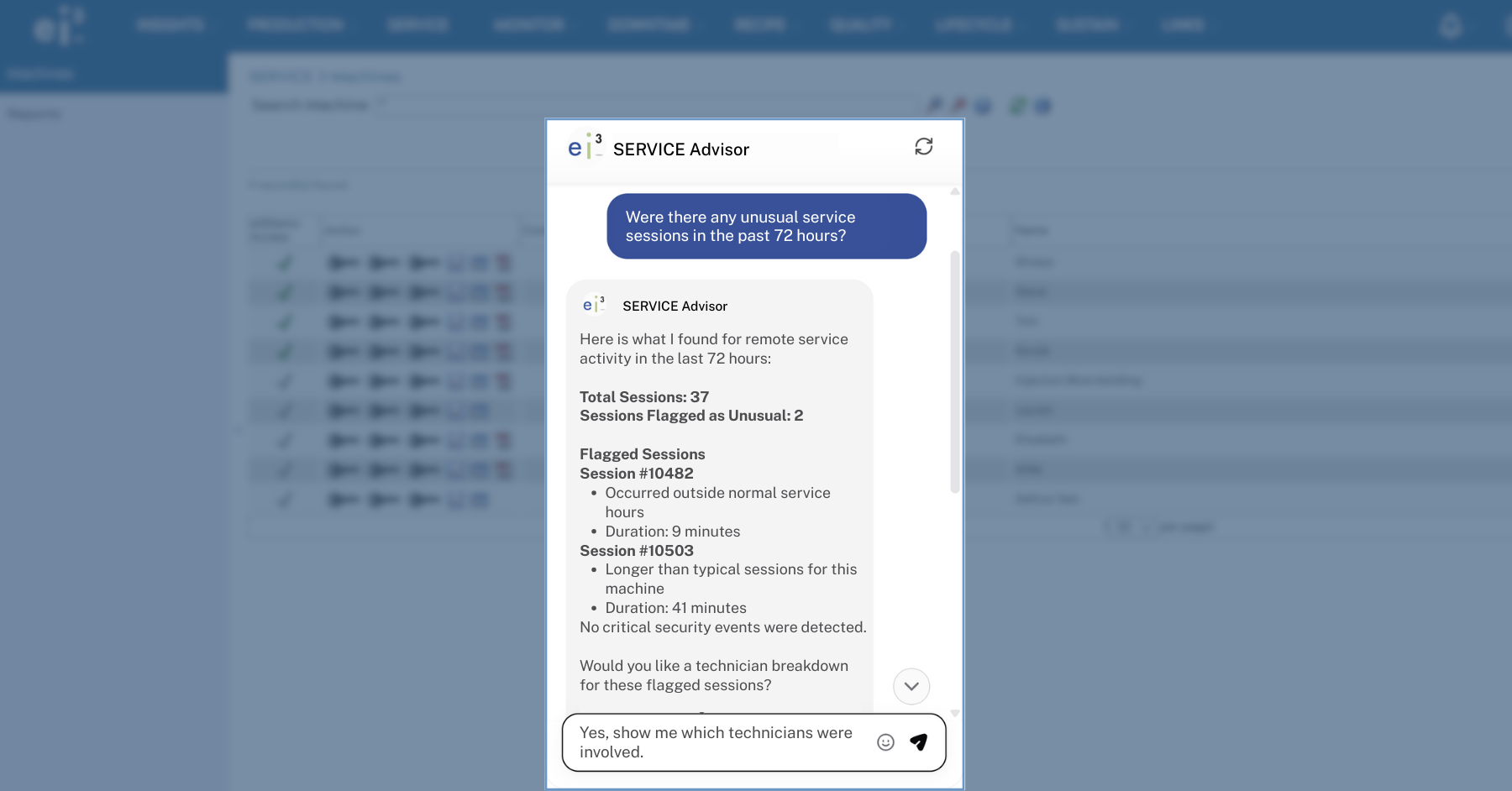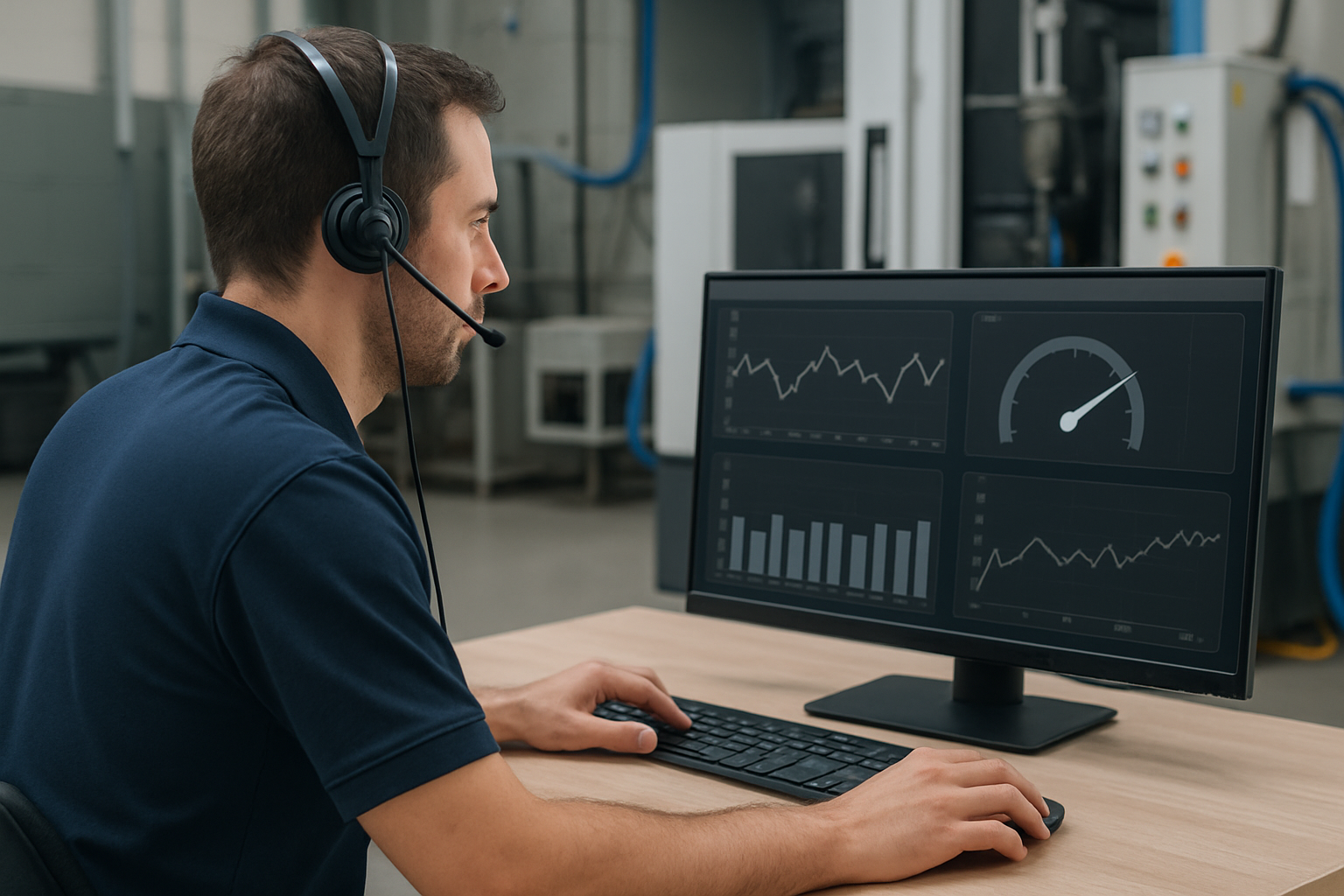Spencer Cramer joins manufacturing industry podcast to explore how remote monitoring transforms IoT data into actionable business value for manufacturers worldwide.
ei3 CEO Spencer Cramer recently appeared on The IoT Uplink, a video series examining the factors driving the Internet of Things movement in manufacturing. Host Jeff Reinke, editorial director of Manufacturing.net, leads discussions about industrial wireless connections, M2M communication, and sensor integration to build awareness of IoT business value within the manufacturing community.
The growing impact of remote monitoring data
The conversation highlighted significant industry trends supporting remote monitoring adoption. According to Microsoft, manufacturers stand to gain more than $90 billion annually from improvements in customer relations and productivity through enhanced data utilization.
The American Society for Quality reports impressive results from smart sensing technology implementation:
- 82% of organizations increased efficiency
- 49% noticed fewer product defects
- 45% experienced higher customer satisfaction
These statistics reinforce the value of increased data sharing and communication at the heart of both remote monitoring and industrial IoT applications.
Converting data oceans into actionable information
When asked about the biggest challenges manufacturers face with remote monitoring, Cramer emphasized the critical need to convert vast amounts of data into actionable information.
"All of the enthusiasm for the internet of things devices are being put throughout manufacturing facilities that can produce literally oceans of data, but the challenge that we see is converting that data into actionable information because by converting the data into actionable information, that's where you can create the business value."
Spencer Cramer, Founder and CEO of ei3
Cramer uses the lens of time to understand how data impacts operations across three phases:
- Past data records and shows personnel what has been accomplished, providing historical context and performance baselines.
- Present data becomes immediately actionable through alerts that change behaviors and create savings, whether alerting about product quality issues or potential equipment problems.
- Future data delivers the highest value by predicting equipment performance and enabling proactive decision-making.
The key challenge involves delivering data packages to consumers in the most relevant format for their specific needs.
Managing network strain effectively
Addressing concerns about network capacity, Cramer outlined two primary areas where manufacturers can limit strain on their systems.
- Security vulnerabilities represent a major form of network strain. When implementing remote monitoring systems or IoT devices, manufacturers must fully understand the implications. "Is this just monitoring the device or is it monitoring and offering the ability for that device to be remotely controlled?" Understanding potential vulnerabilities proves essential to reducing security-related strain.
- Bandwidth concerns often worry manufacturers, but proper network design typically requires less capacity than expected. "If a network is properly designed, people are surprised by how little bandwidth is required to provide really valuable industrial internet information," Cramer noted.
Addressing overlooked security issues
Beyond obvious technology-focused security measures, Cramer highlighted personnel issues that often go unaddressed in remote monitoring networks.
ei3 recommends integrating remote monitoring network access with internal directory services. This approach ensures that when personnel access changes occur, modifications automatically propagate through the remote monitoring solution, maintaining consistent security protocols.
Organizations should also verify that their remote monitoring service providers follow IT security best practices. "That's why we use ISO 27001 as a way of maintaining our best practices so that we know who has access to the data, when the access was made, and what is being done to prevent unauthorized access," Cramer explained.
The future of manufacturing floor intelligence
Looking ahead, Cramer envisions remote monitoring becoming as essential to manufacturing operations as CRM systems are to sales teams today. As IoT devices become more pervasive on plant floors and analytics applications grow more sophisticated, "the manufacturing floor is going to come to see that remote monitoring or industrial internet data—the remote monitoring cloud—as a critical source of information for that plant floor."
This evolution will transform how manufacturers approach production planning, quality control, and equipment maintenance, making data-driven decision-making the standard rather than the exception.
Industry adoption momentum
The conversation reinforced strong industry momentum toward cloud-based solutions. According to Rockwell, over half of manufacturers currently operate in the cloud, with more than 90% using cloud-based services for email and other business functions. This existing cloud adoption provides a foundation for expanding into remote monitoring and industrial IoT applications.
Watch the complete IoT Uplink episode and learn more about ei3's remote monitoring solutions here.





